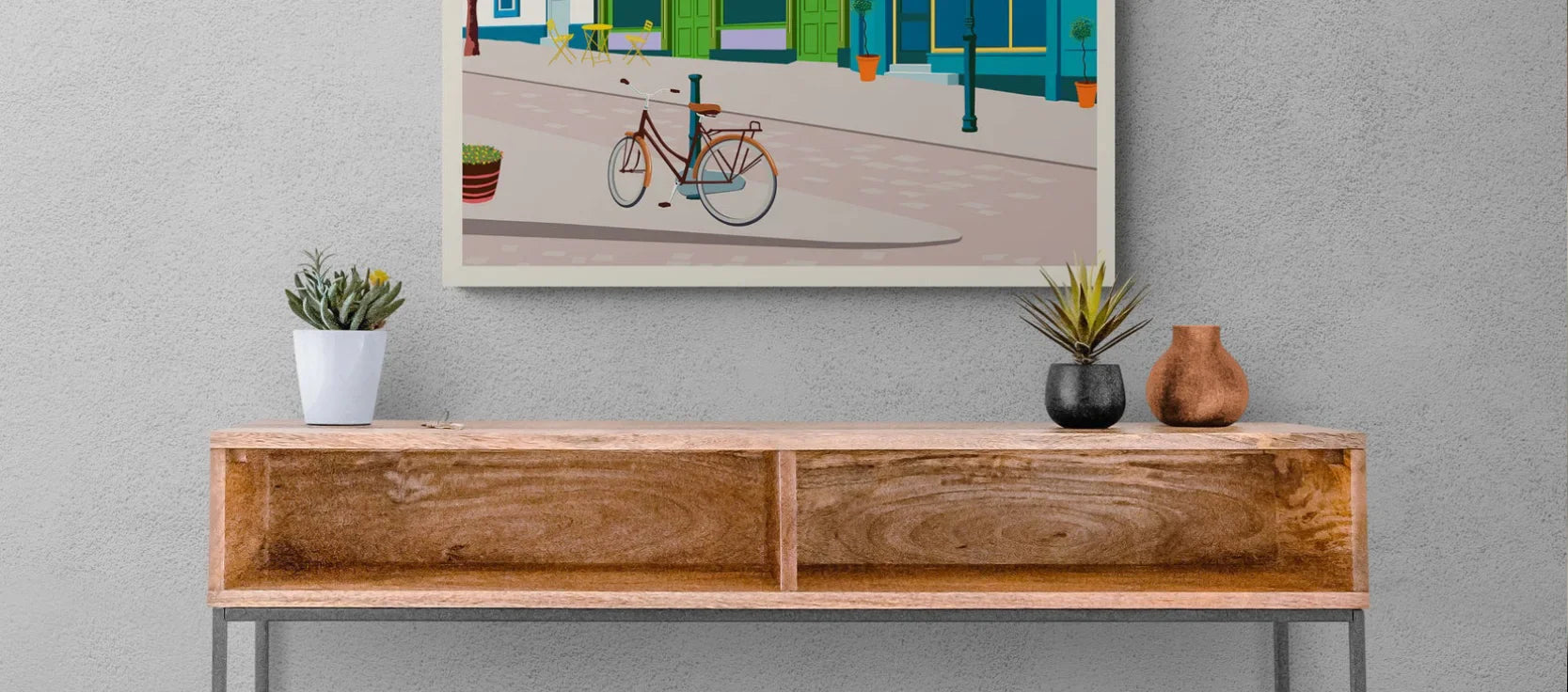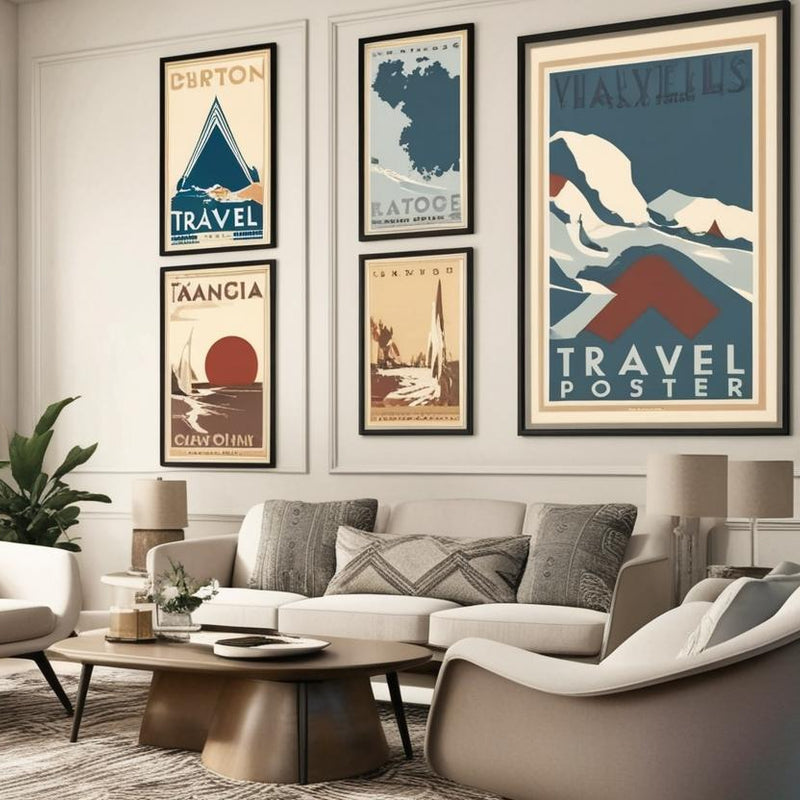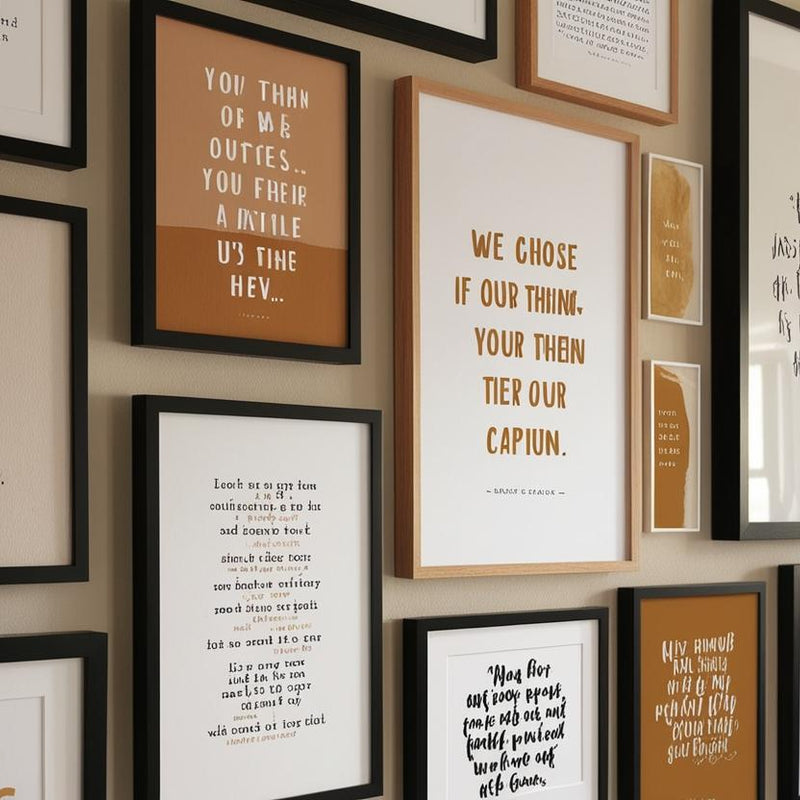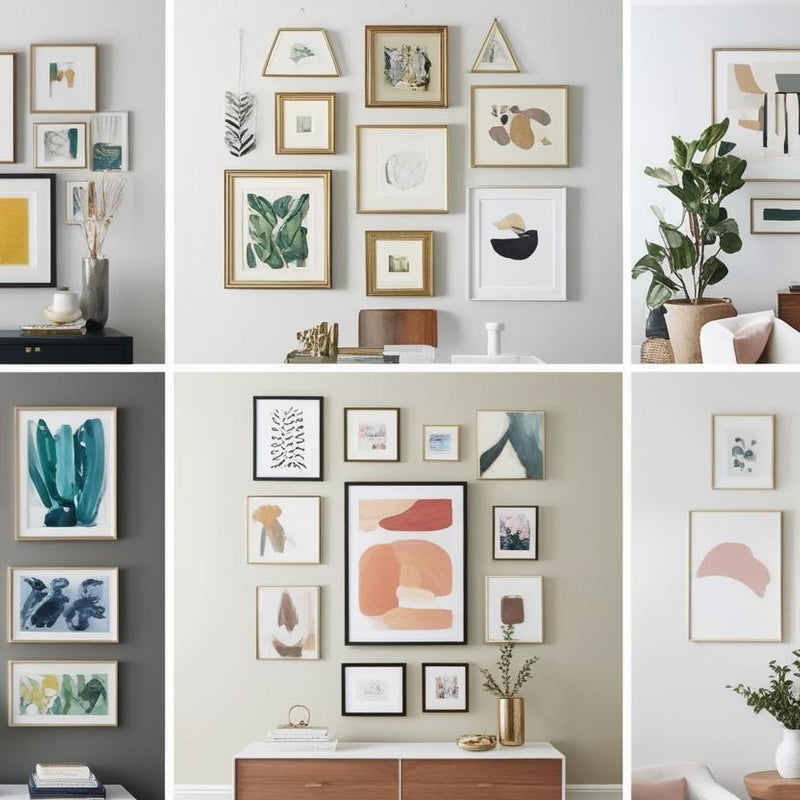How to Choose the Right Size Canvas Print for Your Space

How to Choose the Right Size Canvas Print for Your Space
Canvas prints add style and personality to any room, but choosing the right size is crucial to achieving a well-balanced and visually engaging look. Selecting the perfect canvas size can make a difference in how the artwork complements the space, so understanding a few principles on proportion, placement, and orientation is essential. In this guide, we’ll walk you through choosing the ideal canvas size for your space, covering factors like room size, wall space, and arrangement tips.
Factors to Consider When Choosing Canvas Size
1. Room Size
The scale of the room can influence the size of your canvas. Larger rooms can handle oversized canvas prints, while smaller spaces benefit from compact or medium-sized prints. For a room to feel harmonious, select a canvas that reflects its proportions; for example, an oversized canvas makes a bold impact in a spacious living room, while a small bathroom may suit a more modest size.
2. Wall Space
One helpful rule for determining the right canvas width is the two-thirds rule: aim for a canvas that is about two-thirds the width of the furniture below it, such as a sofa, bed, or console table. This proportion creates a balanced look without overwhelming or undersizing the artwork relative to the wall.
3. Viewing Distance
How close or far you’ll be standing from the canvas affects the ideal size. Larger rooms with greater viewing distances benefit from bigger canvases, making it easier to appreciate the artwork. In contrast, smaller prints are perfect for intimate spaces where viewers will be closer, like a hallway or study nook.
4. Furniture Alignment
Aligning the canvas with nearby furniture ensures a cohesive look. For example, a canvas placed above a sofa or bed should match the width of the furniture below it without extending too far to the sides, creating a unified design element.
Popular Canvas Print Sizes and Their Ideal Uses
Small Sizes (8"x 10", 12"x16")
These sizes are perfect for compact spaces or as accents within larger groupings, such as gallery walls. Small canvases work well on narrow walls, in bathrooms, or as decor on shelves.
Medium Sizes (16"x 20", 18"x24")
Medium canvas sizes are versatile, suitable for areas like bedrooms, hallways, or as part of a more extensive arrangement in a living room. These sizes allow for flexibility, providing visual impact without taking over the entire wall.
Large Sizes (24"x 36", 30"x40")
Large canvas prints are ideal for making a statement above furniture such as sofas, beds, or dining tables. A single large canvas can act as the focal point of a room, bringing depth and interest to any space.
Oversized Prints (36"x48" and up)
Oversized prints create a dramatic effect, perfect for large, open spaces such as living rooms, entryways, or expansive wall areas. These prints are eye-catching and serve as a powerful design anchor for the room.
Tips for Arranging Multiple Canvas Prints
Creating a Gallery Wall
Gallery walls allow for an artful mix of prints in various sizes, themes, and colours, creating a dynamic look. Plan the layout before hanging the prints; consider arranging the pieces on the floor or using paper templates to visualise the setup. A well-curated gallery wall can add character and charm to any room.
Spacing and Alignment
For multiple prints, maintain an even spacing of 2-3 inches between canvases for a cohesive, organised look. This consistency keeps the arrangement visually balanced without overcrowding or leaving awkward gaps.
Mixing Sizes and Orientations
Combining landscape, portrait, and square orientations creates visual interest and variety. You might use a large landscape piece as a focal point with smaller square or portrait prints surrounding it, creating a layered, sophisticated look.
Choosing Canvas Orientation for Different Spaces
Landscape
Landscape orientations work well above wide furniture like sofas or beds, extending the room’s width and creating a balanced look. This orientation is also ideal in hallways where wall space may be longer horizontally.
Portrait
Portrait orientations are perfect for adding height, making them ideal for narrow spaces like entryways or for hanging above tall, narrow furniture such as a bookcase.
Square or Panoramic
Square canvases fit well in small spaces or as standalone pieces above accent tables, while panoramic prints are excellent for filling wide wall spaces, such as above a large couch or along an open wall in a living room.
Practical Tips for Measuring and Positioning
Measuring Wall Space
Accurate measurements are essential to ensure the canvas will fit well within the designated wall area. Measure the width and height of your wall, keeping in mind the two-thirds rule if placing the canvas above furniture.
Eye-Level Positioning
The ideal height for hanging a canvas print is typically at eye level, which is approximately 57-60 inches from the floor to the centre of the print. For rooms with high ceilings, adjust slightly upward to suit the wall’s height without placing the art too high.
Consider Surrounding Decor
Ensure the canvas doesn’t overpower or get lost among other decor items. If other decor elements, like lighting or wall accessories, are nearby, make sure they complement rather than compete with the canvas print, creating a balanced overall look.
Visual Aids and Design Tools
Online Design Tools
Many vendors offer online design tools that allow you to visualise how a print will look in your space. These tools can be a great resource for previewing different sizes and configurations before making a purchase.
Mocking Up with Paper Cutouts
Use paper cutouts in various sizes to experiment with different arrangements on the wall. This can help you visualise the placement and choose the perfect size without committing to holes in the wall.
Conclusion
Choosing the right size canvas print can make all the difference in how your artwork enhances your space. By considering factors like room and wall size, orientation, and placement, you can create a balanced, harmonious look that reflects your unique style. Don’t be afraid to experiment with sizes and arrangements to find what works best for your space. With the right choice, canvas prints can bring depth, personality, and beauty to any room in your home.
Additional Resources:
- 10 Reasons Canvas Prints Make Great Gifts for Any Occasion
- Exploring Different Canvas Print Materials: What You Need to Know
- Canvas Prints: An Affordable Way to Transform Your Home Decor
- How to Choose the Perfect Canvas Print for Your Living Room
- Comprehensive Guide to Storing Canvas Prints and Wall Art
- How to Get Wrinkles Out of Canvas Prints
- Acrylic Prints, Metal Prints, or Canvas Prints: How To Decide
- What is Lamination on Canvas Prints?



